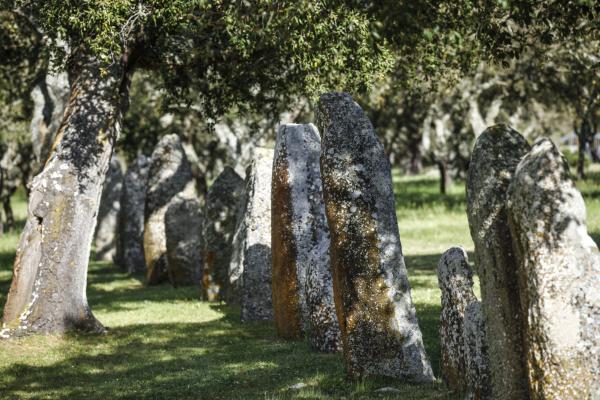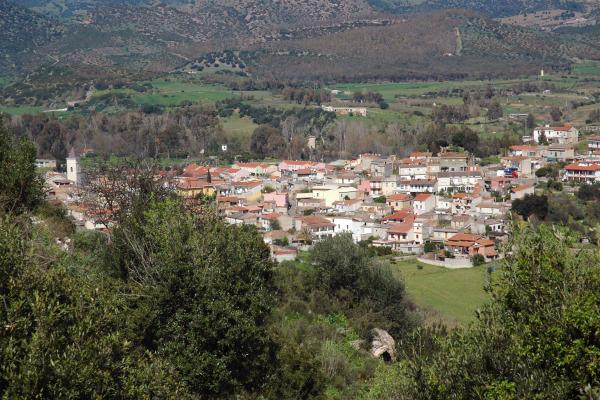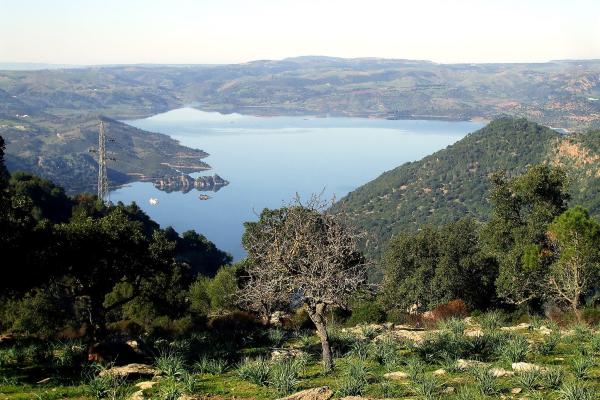Its white profile stands out alone on top of a plateau from where it looks out over a vast territory that includes the shores of Lake Mulargia. The Goni nuraghe is located outside the town that bears its name, a small village nestled in the Flumendosa valley. The monument blends into the rocky outcrops that are incorporated into the base to adapt to the profile of the relief and rise in a harmonious and regular way. The view of the plain below is perfect. You will reach it at the end of a partially paved trail that climbs through vegetation for a few hundred meters along the slope of the plateau. The nuraghe is made of rough-hewn limestone blocks set in regular rows that reach up to 3½ metres in height and then leave room for long, narrow slabs. The external diameter is about 10 metres, while the current total height exceeds 8 mts.

See this place because...
You will explore a Nuragic tower with an interesting construction history and enjoy a gorgeous view, not far from other archaeological and naturalistic attractions
Pictures and videos
Nearby
Proprio all'inizio dell'abitato di Goni, provenendo da San Basilio, si prende una strada sterrata sulla sinistra, che conduce alla Diga sul Lago di Mulargia. la si percorre per circa 1 km fino al primo bivio. A questo punto si svolta a sinistra e si prosegue per un centinaio di metri. Lasciata la strada, che si allontana, si prosegue a piedi salendo il ripido versante della collina. Il nuraghe, visibile da lontano, si raggiunge in quindici minuti. Il contesto ambientale Il nuraghe è localizzato in un altopiano che degrada sulle valli di S'Utturu e S'Idda a SE e di Pala e Nuraxi e di Riu Uvìni a N-NO.













